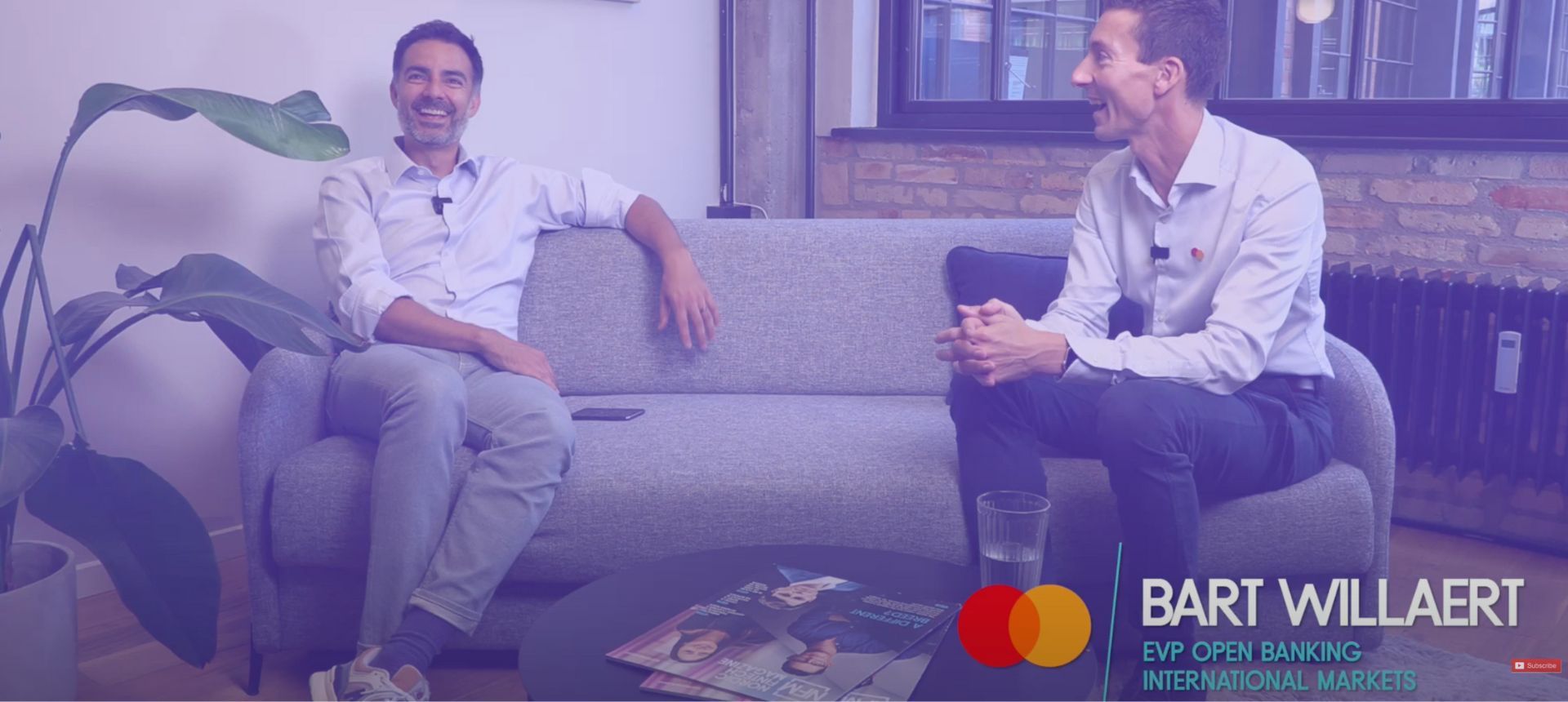
Capitalising on the open banking ecosystem
December 14, 2022 | Hayley Wahlbeck
At MoneyLIVE this year, our very own Jonas Vogt Rasmussen, VP of Product Sales, took part in a lively debate about how banks and financial institutions can capitalise on the open banking ecosystem. We hear about this ecosystem on a daily basis in the financial services industry, but what does it actually mean? And how can it add value to our customers?
Well, it’s more than just open application programming interfaces (APIs) for banks – it’s an entire digital interconnected community that facilitates collaboration between banks and fintechs. For open banking to work, banks need to make their data available through an API, and fintechs can then use that data to build innovative new services to improve the lives of customers. And now banks are starting to use open banking technology to modernise themselves and develop personalised services that add value for their own customers too. But for an ecosystem to thrive, there must be some foundational rules in place that all open banking players need to follow – and that’s where regulations come in.
The panellists all agreed that the open ecosystem is a positive shift away from the traditional banking model and that collaboration is absolutely key to its success. Sarah Häger, Regional Manager at Enable Banking, explained that it’s about “It's about collaborating to find new ways to provide value. Today, everything is a combination of previously existing technologies or solutions. Like the Apple Watch that is a combination of the simplified iPhone tech and watch designs. In the same way, Open Banking enables new combinations that can be commercialised if the value is sufficient for the customers.”
How open are banks to participating in the ecosystem?
According to this panel, the banks are eager to be a part of the ecosystem, but it takes time for them to catch-up with the fintechs. Sarah explains that “it’s a question of segment maturity. Banks iterating and improving to have sufficiently mature APIs. For the banks it’s about a technology shift as well as a cultural and mind-set shift. We have to share our customers data through APIs but how can we capitalise on it? The fintechs have all been taking advantage of it but it’s only later that the banks have seen how they can utilise it, this is how we can build it. Fast forward to 2022, Nordea is providing several new APIs and really innovative services that the vast majority of us had never thought of five years ago.”
And although some players have been slower to participate than others, Jonas Vogt Rasmussen, VP of Product Sales at Aiia, used an old Chinese proverb to reassure that it’s never too late to get in the game: “The best time to plant a tree was 20 years ago, and the second best time is now, and I believe that goes for opening up banking as well.”
So, where are the big opportunities for open APIs?
For Erlend Nitter-Hauge, Senior Strategic Partnership Manager at DNB, there is a clear pressure from fintechs for banks to innovate faster and a big opportunity lies in embedded finance, driven by constantly changing customer needs, “So for us in DNB, we saw that Tesla was starting to disrupt the value chain by offering cars directly to consumers online, skipping the car dealerships. That meant that we had to be able to embed our car financing into their customer journey, which is a shift for us. With all customer journeys becoming digital, we have just seen the small start and it’s impossible to tell exactly what is going to be built on top of it.”
Jonas Vogt Rasmussen believes we will see many more of those embedded finance innovations adding value to business and consumer banking customers alike: “The core banking services are still predominantly available in banks’ own channels. And if you have been running a business you know that the majority of your day is not spent in your mobile banking app. Where are the core banking services in the other channels business banking customers are using?”

And Christian Fjestad, Head of Innovation at SpareBank1 Østlandet, agrees that there is currently, “a misalignment between the technology, and the understanding on the cultural side and the business value” but that the potential of the open banking technology is enormous.
The good news, in Jonas’s opinion, is that a real shift is taking place with the banks which is a very positive step towards achieving that potential, “When we started out with PSD1 and PSD2, the banks thought of this as a compliance project or a technology project. They could probably build really good APIs that complied but the client value was a bit in the background. But now we’ve seen a shift and now we’re discussing, how do we power those business-to-business journeys? How do we build tangible value piggy-backing on the trust they already have and the balanced risk taking they are good at? It’s a good shift and we’re getting there.”
What is the incentive for banks to truly embrace open banking?
The driving force in Europe has historically been regulatory but now banks are seeing that being part of the ecosystem is core to their existence.
Christian believes that this customer-centric approach is vital to the banks’ survival because, “banking is low interest and you need to create more value doing it another way. So you have to keep the customer at the centre and see how you can create more value than you did yesterday, and make sure you have the business potential on top of that.”
Different strokes for different folks
Jonas summarises nicely that open banking “is like a Swiss knife” with different benefits for different business needs: “The benefits could be around efficiencies – saving money, doing things faster. It could be around growing your top line because you reach clients you haven’t been able to reach before. It could be around risk diversification, making sure you don’t build everything in-house, so you put that on mature, profitable start-ups or early start-ups depending on your risk appetite. It depends on how you use it, and we see value in the markets already.”
And, today, this goes much further than Personal Finance Management apps. Jonas goes on to explain that it’s relevant to “everything from easier account switching, to opening accounts. It’s a way to serve small businesses, either in the bank's own channel or letting others do that. It can be in the lending decision part. That’s a huge gain there.”
The potential for open banking just depends on the individual business and their strategy – but there is something to gain for everyone.
So, what’s next?
When do we start seeing investment accounts, savings accounts, loan accounts – other core banking services available through APIs?
We’re just at the beginning. If you want to learn more about how you can start your open banking journey, then get in touch!




